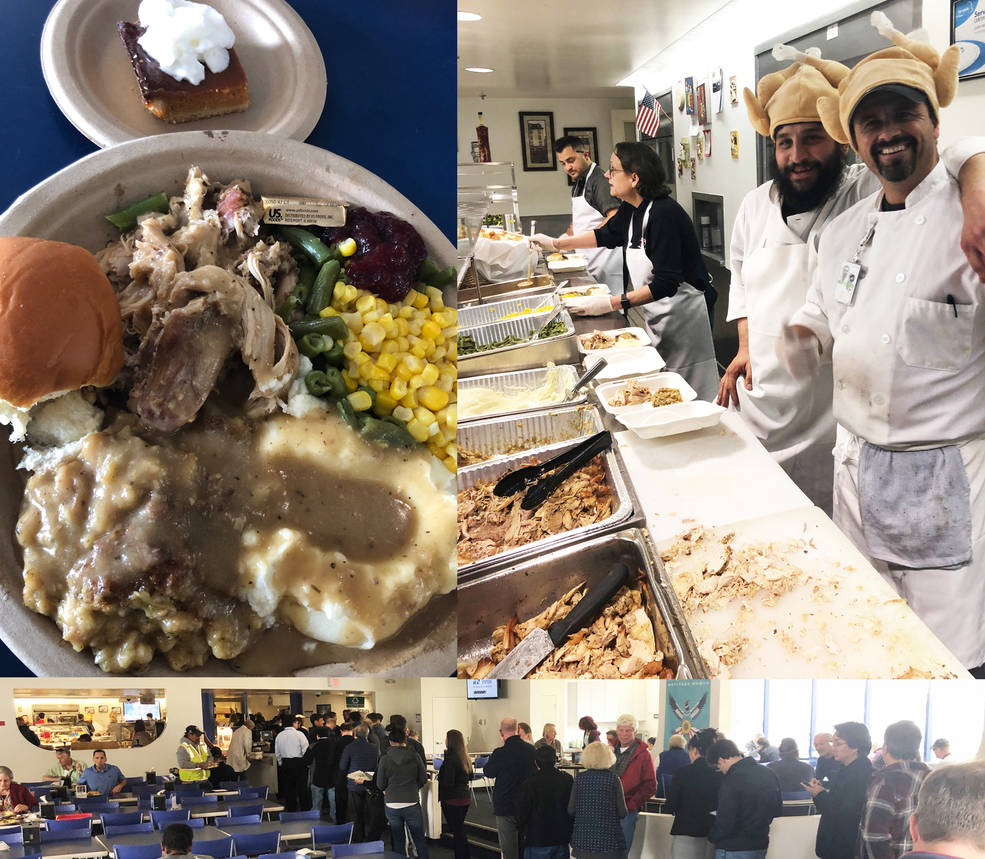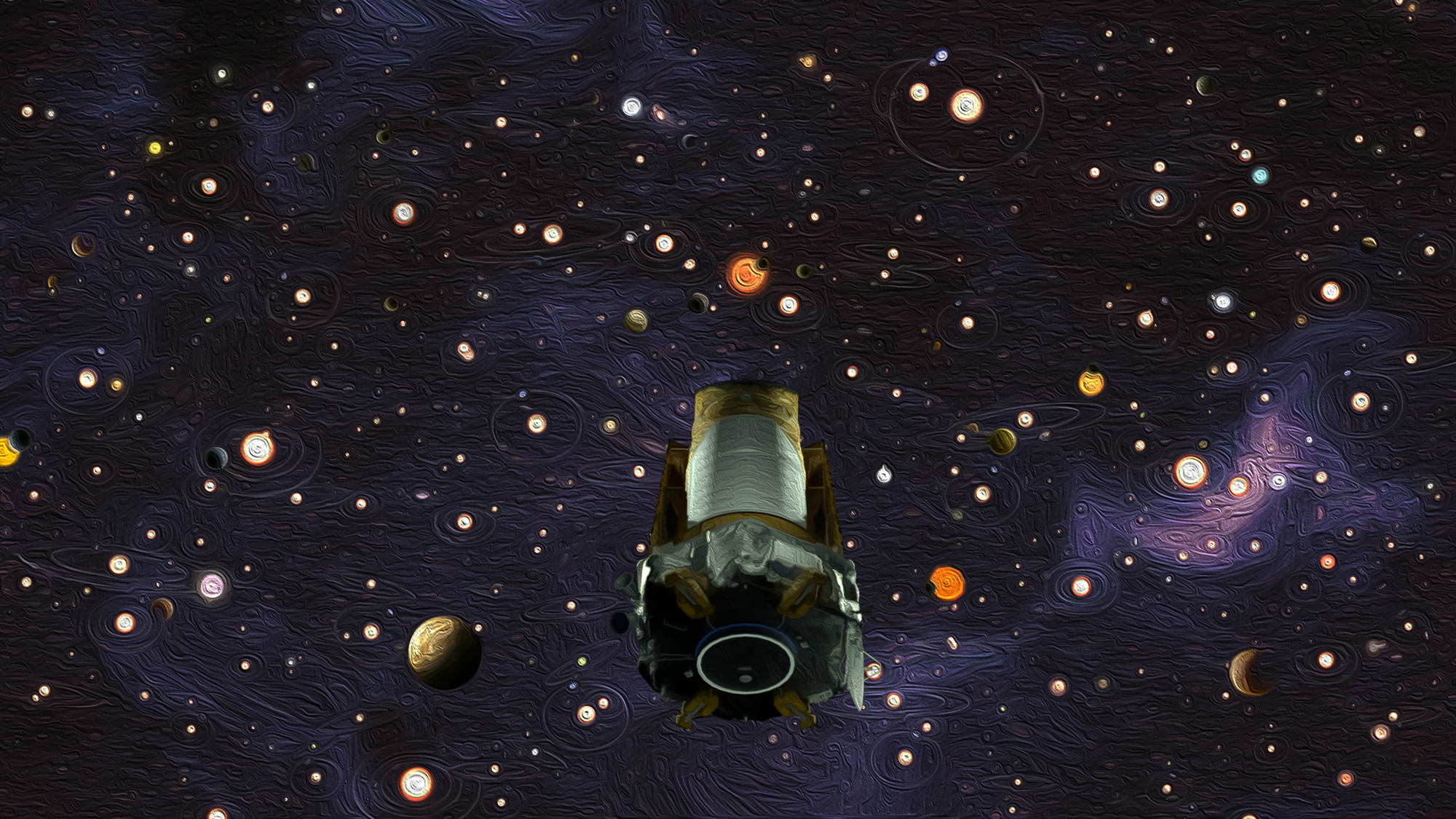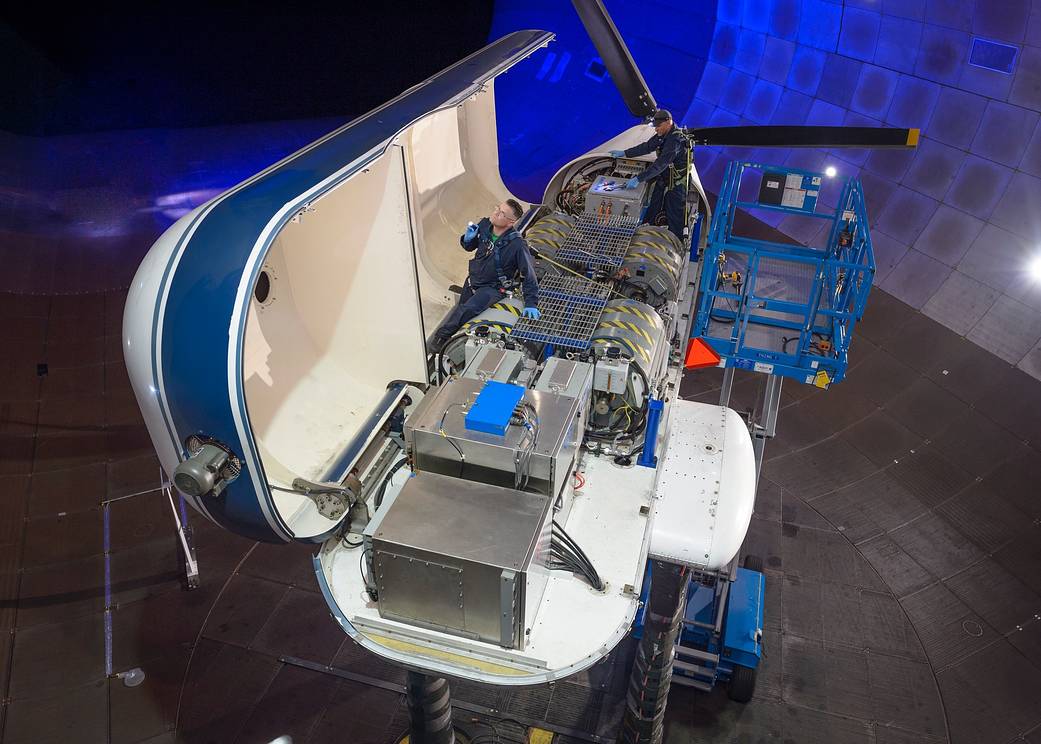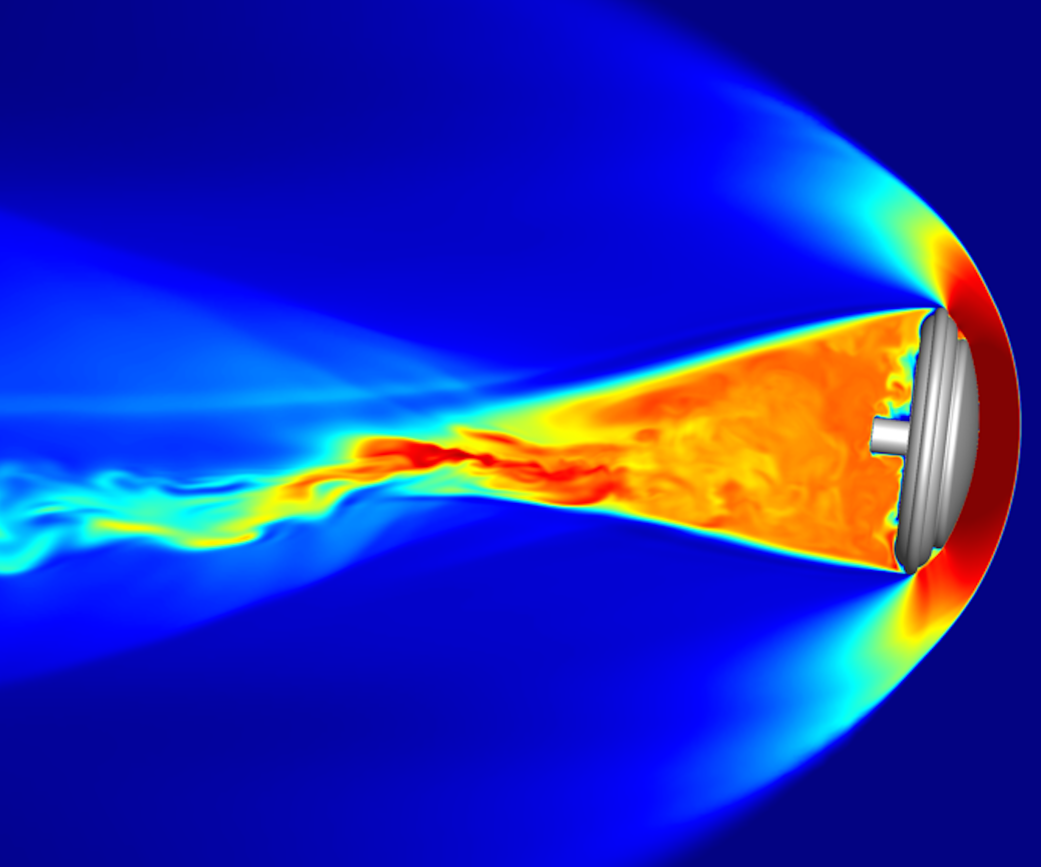NASA Retires Kepler Space Telescope, Passes Planet-Hunting Torch
by Alison Hawkes
After nine years in deep space collecting data that indicate our sky to be filled with billions of hidden planets – more planets even than stars – NASA’s Kepler space telescope has run out of fuel needed for further science operations. NASA has decided to retire the spacecraft within its current, safe orbit, away from Earth. Kepler leaves a legacy of more than 2,600 planet discoveries from outside our solar system, many of which could be promising places for life.
“As NASA’s first planet-hunting mission, Kepler has wildly exceeded all our expectations and paved the way for our exploration and search for life in the solar system and beyond,” said Thomas Zurbuchen, associate administrator of NASA’s Science Mission Directorate in Washington. “Not only did it show us how many planets could be out there, it sparked an entirely new and robust field of research that has taken the science community by storm. Its discoveries have shed a new light on our place in the universe, and illuminated the tantalizing mysteries and possibilities among the stars.”
For full story, see: KeplerRetires
click here for: Top Science Results from the Kepler Mission
Employees View Televised Broadcast of InSight Landing on Mars
Employees were invited on Nov. 26, 2018 to the Mega Bites Café to watch the televised InSight Spacecraft landing on Mars. InSight, Interior Exploration using Seismic Investigations, Geodesy and Heat Transport, is the first outer space robotic explorer to study in-depth the “inner space” of Mars: its crust, mantle and core. The lander plunged through the thin Martian atmosphere, heatshield first and used a parachute to slow down. Then, it fired its retro rockets to slowly descend to the surface of Mars and landed on the smooth plains of Elysium Planitia.
Ames Research Center played a significant role in preparation for InSight’s landing.
Two major test campaigns were conducted in the National Full-scale Aerodynamics Complex (NFAC) 80- by 120-foot Wind Tunnel to qualify for flight acceptance the parachute decelerator system (PDS) for the InSight program. Researchers from Ames’ Experimental Aero-Physics Branch provided high-speed imagery of this critical time interval and used the images to measure the trajectory, velocity, deceleration and rotation of each bag and canopy. Their innovative photogrammetry techniques provided critical information on the parachute performance.
During the first test series, conducted in October 2015, the imagery data identified anomalous chute deployment characteristics and was deemed to be high risk to the InSight mission. The second test series, conducted in November 2015, evaluated the new packaging configurations for the flight parachute. The Ames team captured good load cell time traces and photogrammetry footage of the deployment. This enabled the InSight team to determine the best packing method for the flight article to ensure full parachute deployment.
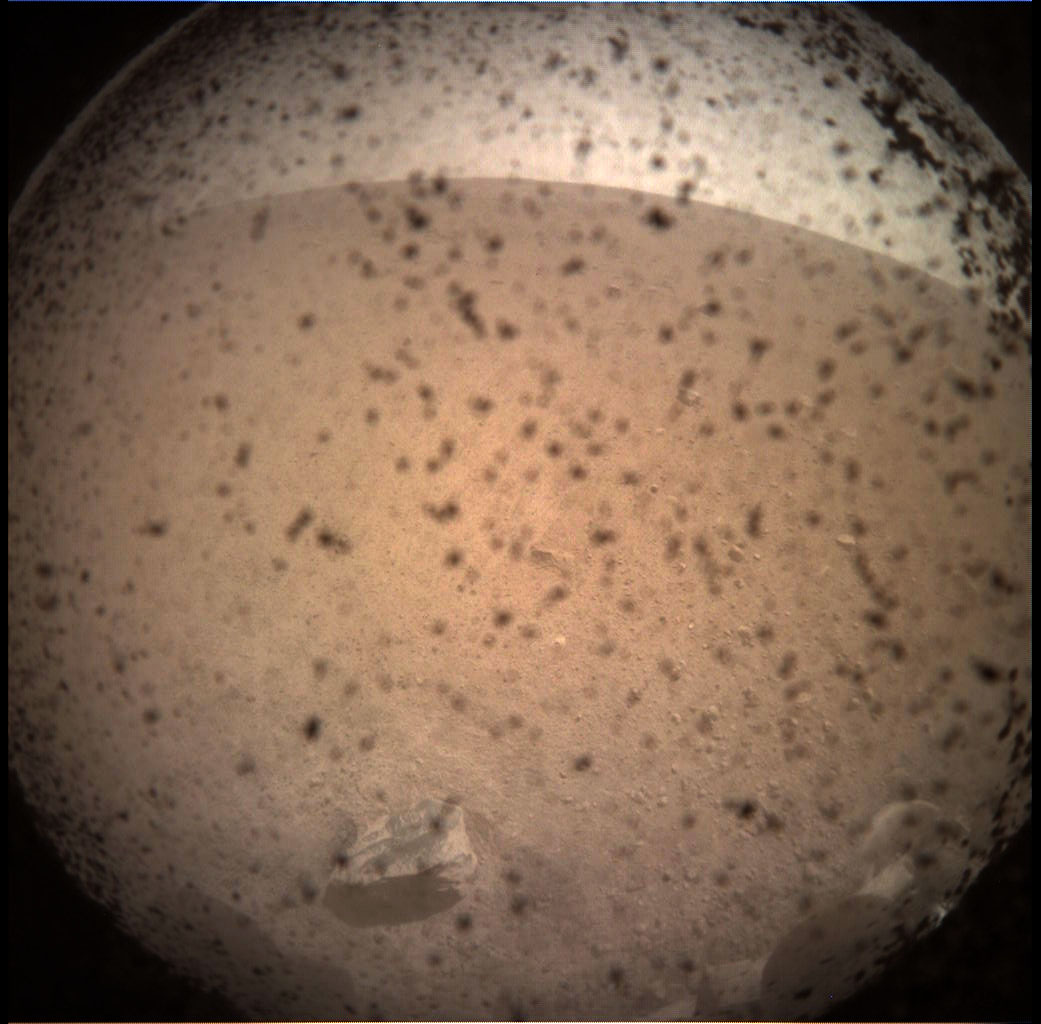
In support of InSight’s entry into Mars, our aerothermodynamicists performed independent verification and validation (IV&V) of the Lockheed Martin analysis of the convective heating to be experienced by the spacecraft during entry. In addition, they provided all of the predictions of the heating expected from shockwave radiation. The InSight mission is the first U.S. mission to include predictions of radiative heating on the backshell of a spacecraft during entry at Mars. Previously, this phenomenon was considered negligible. It was data acquired from our Electric Arc Shock Tube during the Mars Science Laboratory effort that forced a change in design practice and resulted in new models for the substantial radiation from CO and CO2 in the wake.
Our engineers also developed the margins policy for the aerothermal heating, both convective and radiative, on the vehicle during entry to account for uncertainties and unknowns in the analyses. Our materials and systems engineers provided oversight and advice on all aspect of the thermal protection systems (TPS). They performed IV&V of Lockheed’s heatshield sizing analyses. They also evaluated the effects of mechanical erosion resulting from flying through the expected dust storms at Mars and developed erosion models to incorporate in the heatshield sizing analyses. Our staff had a significant role in developing the TPS margins for the Parachute Closeout Cone. Our work was used as part of the analysis that showed InSight to have sufficient thermal protection for a safe entry. And last but not least, our Center conducted arc jet testing of the heatshield and backshell materials.
For additional information about the InSight Mission and the landing, visit: https://mars.nasa.gov/insight/timeline/landing/entry-descent-landing/.
Kepler’s Supernova Experiment Captures First Moments of a Dying Star
In a galaxy far away, an old star exploded and became a supernova. About 170 million years later on Feb. 4, 2018, the light emanating from the explosion was received by an arsenal of high-powered telescopes.
NASA’s Kepler space telescope detected the unfurling light of SN 2018oh, as it has been labeled. The first ground-based facility to identify the signal was with the All-Sky Automated Survey for Supernova and soon observatories around the globe were monitoring the supernova as part of a unique scientific experiment designed to help solve the mystery of how stars explode.
For full story, see KeplerSupernova
NASA’s Tiltrotor Sets Wind-Tunnel Record for High-Speed Proprotors
by Darryl Waller
What kind of aircraft combines the speed of an airplane with the vertical take-off and landing capabilities of a helicopter – and could be your traffic-beating air-taxi ride of the future? Give up? A tiltrotor aircraft, that’s what! And NASA’s Tiltrotor Test Rig is being used to improve tiltrotor technology for future aircraft designs.
The Tiltrotor Test Rig, also known as TTR, is a new, full-scale proprotor test system, undergoing testing in the biggest wind tunnel in the world – the U.S. Air Force’s National Full-Scale Aerodynamics Complex or NFAC, located at NASA Ames.
Towards Urban Air Mobility: Air Taxis with Side-By-Side Rotors
by Tiffany Blake
In this high-resolution visualization of NASA’s side-by-side, intermeshing rotor air taxi concept, researchers are working to understand complex rotor air flow interactions, simulated using high-fidelity computational fluid dynamics methods. The image/video shows the vortex wake, colored according to pressure. Intermeshing rotors offer the advantage of being more compact while being more efficient in cruise than twin-motored helicopters without overlapping rotors. How do NASA engineers conduct such research? They do so with the help of some of the most powerful supercomputers in the world, giving them the capability to solve complex computational problems in just a few days.
Visualization of a computational fluid dynamics simulation of a side-by-side urban air taxi concept, showing the front view of the vehicle. The video shows the vortex wake colored by pressure (red is high, blue is low). Note the vortex rolling at the outer part of the vehicle (furthest from the fuselage) and complex vortex structures at the inner part (by the fuselage) where the rotors overlap. The two overlapping, intermeshing rotors increase the efficiency of the vehicle in forward flight. The simulation was performed at the NASA Advanced Supercomputing facility at Ames Research Center in Silicon Valley.
Credit: NASA Ames/Tim Sandstrom
For full story, see: UrbanAirMobility
What is NASA’s Aerobiology Lab?
The Answers to Life Are up in the Air
by Abby Tabor
It’s easy to think of our atmosphere as just an empty space above the ground, but it’s home to a wide diversity of microorganisms, including bacteria, viruses and fungi. These tiny life forms may hold clues to big questions, such as where and how life evolved and if it exists elsewhere in the universe. Scientists in the Aerobiology Lab at NASA Ames are working to develop methods to test how and how well different types of microbes survive in the extreme conditions of the atmosphere.
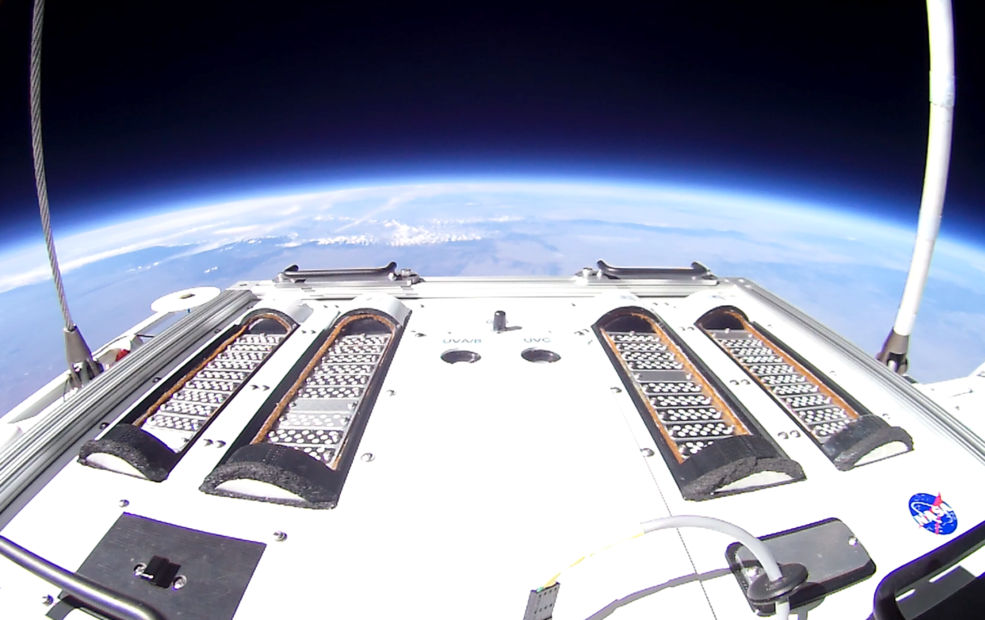
For full story, see: AerobiologyLab
NASA Brings its Science and Supercomputing Advances to Annual Conference
by Tiffany Blake
From designing rocket launch pad components and safer rotorcraft to improving flood and drought forecasts to modeling the formation of planetary disks, NASA will highlight supercomputing advances at SC18, the International Conference for High Performance Computing, Networking, Storage and Analysis, Nov. 12 to 15 in Dallas.
NASA is one of a handful of organizations that has participated in the conference every year since its inception 30 years ago. This year at SC18, representatives from six NASA centers, along with university and industry partners, will showcase their latest findings from more than 35 projects—all made possible by the space agency’s powerful high-performance computing resources.
For full story, see: HighPerformanceComputing
Genius Space Hacks Help NASA Study Life off Earth
by Abby Tabor
When you think of a research laboratory, you probably imagine a room filled with advanced and specialized equipment. However, not every research task requires fancy devices. Some perfectly common items can be used to do cutting-edge research in clever, unexpected ways. Scientists working in the field of space biosciences at NASA Ames are studying how Earth life is affected by the conditions of space – very low gravity and high levels of radiation, in particular. Let’s explore some of the challenges they run into in their research and the hacks that help them get the job done.

For full story, see: GeniusSpaceHacks
Cosmic Collisions: SOFIA Unravels the Mysterious Formation of Star Clusters
by Nicholas A. Veronico
The sun, like all stars, was born in a giant cold cloud of molecular gas and dust. It may have had dozens or even hundreds of stellar siblings – a star cluster – but these early companions are now scattered throughout our Milky Way galaxy. Although the remnants of this particular creation event have long since dispersed, the process of star birth continues today within our galaxy and beyond. Star clusters are conceived in the hearts of optically dark clouds where the early phases of formation have historically been hidden from view. But these cold, dusty clouds shine brightly in the infrared, so telescopes like the Stratospheric Observatory for Infrared Astronomy, SOFIA, can begin to reveal these long-held secrets.
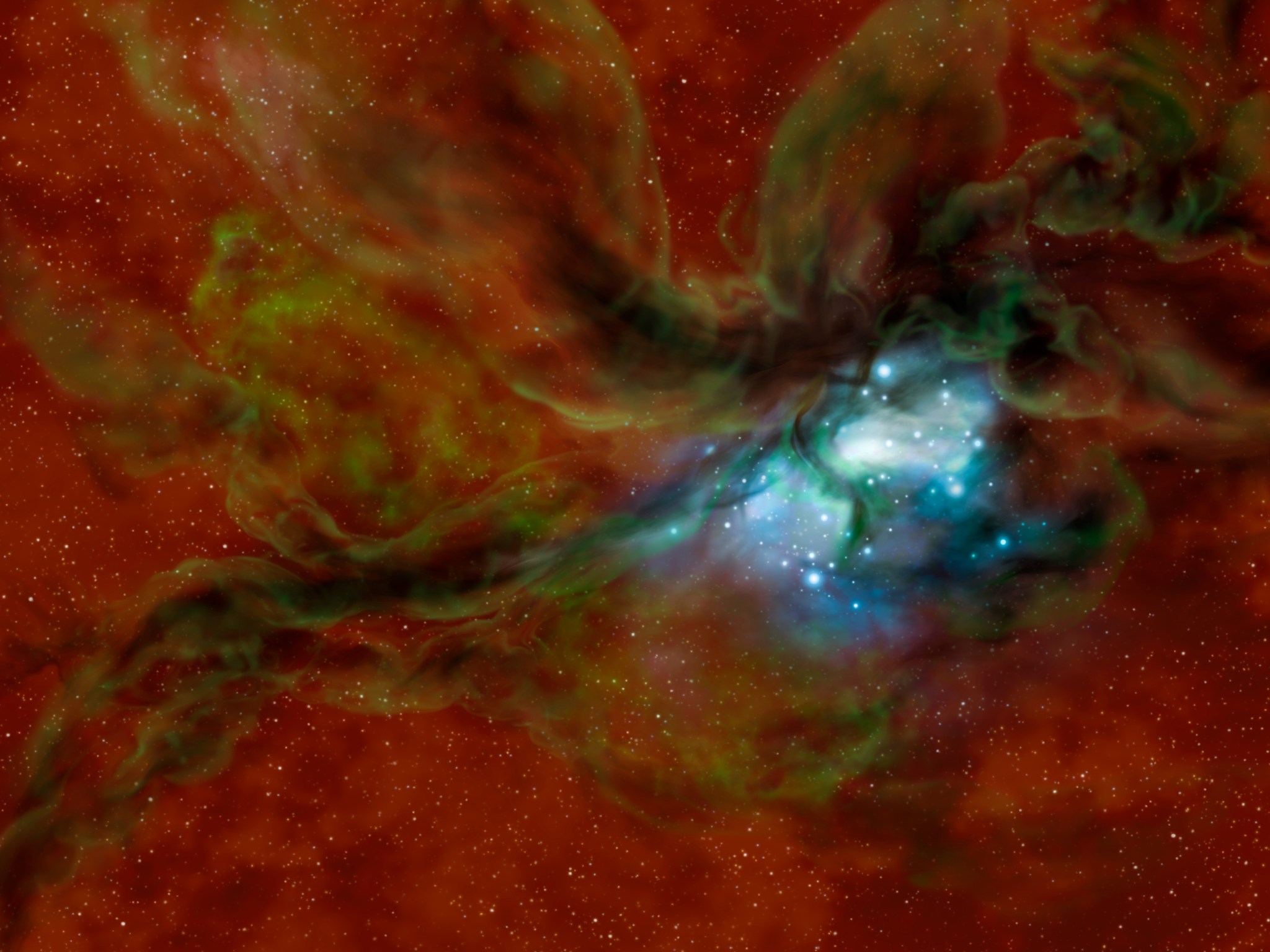
For full story, see: SOFIAStarCluster
ADEPT Overview and Test Flight Results Discussed
On Nov. 27, 2018, Paul Wercinski, project manager for the Adaptable, Deployable Entry and Placement Technology (ADEPT) project since 2012, gave an overview of ADEPT and recent test flight initial results.
Adaptable Deployable Entry and Placement Technology (ADEPT) is a mechanically deployable hypersonic decelerator using a 3D woven carbon fabric that serves both as thermal protection and primary structure. ADEPT is stowed and deployed very much like an umbrella and is intended where spacecraft packaging volume is a constraint that would limit or prohibit the use of a rigid aeroshell for planetary entry missions.
ADEPT SR-1 Flight Test is an Ames-led project, which will mature ADEPT in the areas of exo-atmospheric deployment and improve aerodynamic knowledge of the unique ADEPT open-back configuration. On Sept 12, 2018, an UP Aerospace SL-12 rocket launched from Spaceport America, NM delivered ADEPT SR-1 to an altitude over 110km. SR-1 re-entered the atmosphere reaching an approximate peak velocity of Mach 2.8. The vehicle was successfully recovered later the same day and all on-board data products are being analyzed. This presentation will provide an overview of the project, early summary of flight test results, and share photos and video taken before, during, and after the ADEPT SR-1 Flight Test.
SOFIA Team Presents Latest Science Results
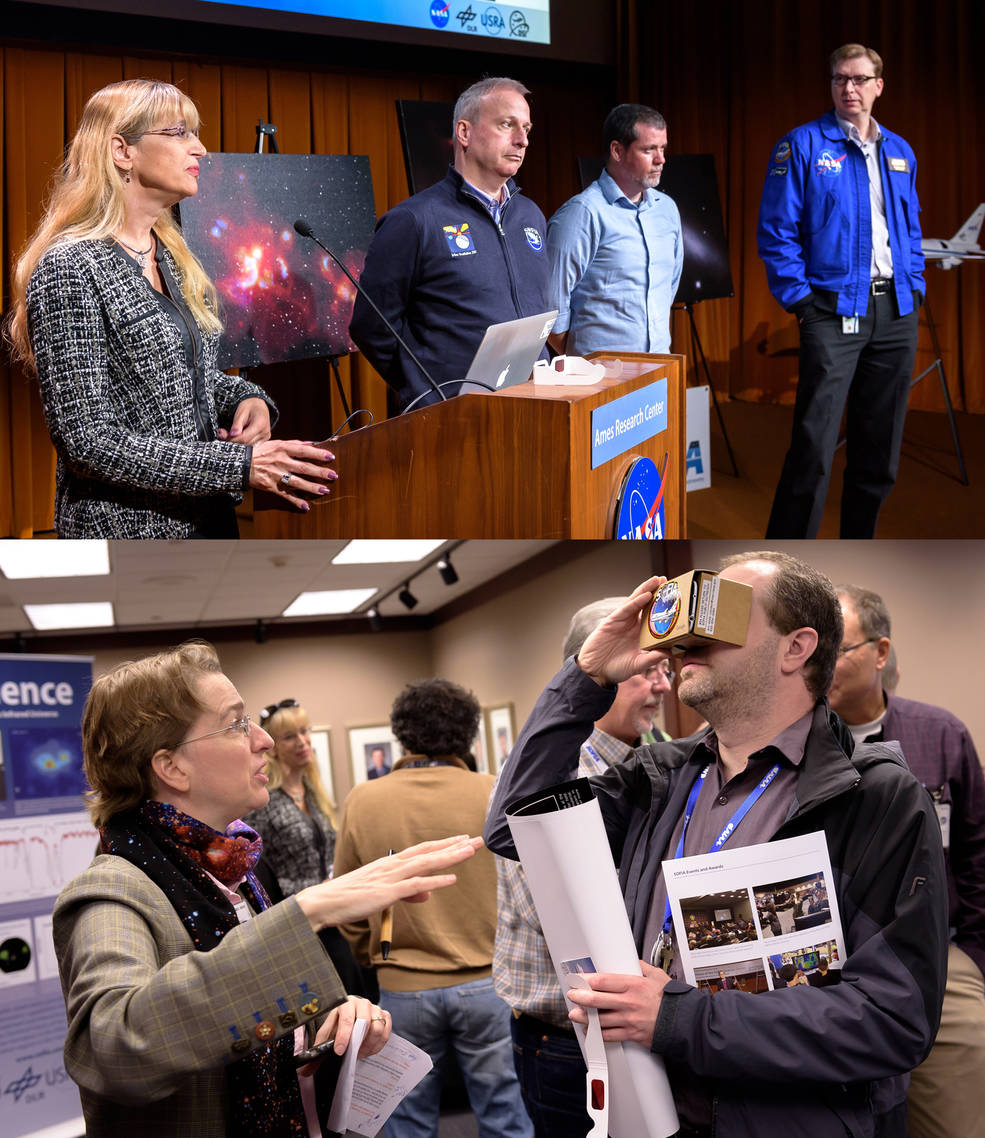
Ali Luna Receives Women of Color Outstanding Technical Contribution in Government Award
by Maria C. Lopez
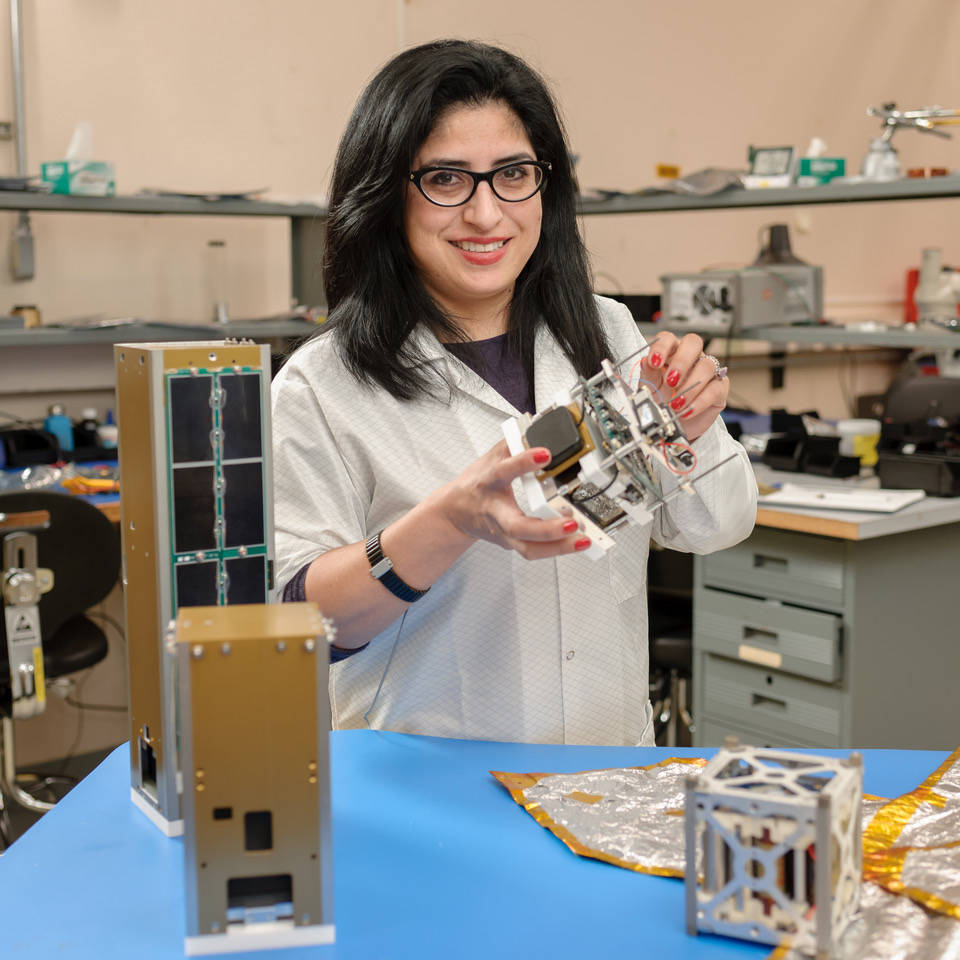
The Women of Color STEM Conference hosts several award ceremonies for women who create innovation and inspiration. This year’s conference was held in Detroit, Michigan on Oct. 12-13, 2018 and Ames’ Ali Guarneros Luna, aerospace engineer, was awarded the Outstanding Technical Contribution in Government Award.
Ali was selected for this award based on her significant contribution to NASA and space research. She is the deputy project manager and co-investigator for the SOAREX 10 and Safety Mission and Assurance for TechEdSat 5 and 6. Additionally, she is the go-to person at Ames for issues related to International Space Station (ISS) safety and design practices.
Most noteworthy is Ali’s international reach and impact. She was a principal contributor to a joint NASA-Mexican Space Agency project and her international recognition includes the Ohtli Award, presented to her on May 3, 2018.
The Mexican government reserves this honor for those who have assisted Mexican citizens or promoted their culture. Ali is globally recognized for her professional contributions to space and community outreach and has received the ISS Space Award for her role with the SPHERES, Modular Rapidly Manufactured Small Satellite, Nodes and TechEdSat Series projects.
HENAAC Great Minds in STEM Professional Achievement Level 2 Awarded to Andres Martinez
by Maria C. Lopez
HENAAC Great Minds in STEM (GMiS) recognizes the achievements of America’s top engineers and scientists within the Hispanic community during the annual HENAAC GMiS Conference. This year, Andres Martinez received the Professional Achievement Level 2 Award on Oct. 20, 2018 in Pasadena, California. Candidates in this category must be well-established managers or have project responsibility in a technical field with significant contributions in that arena.
Andres was selected for this award based on his outstanding reputation and work as a program executive for NASA. As program executive for the Advanced Exploration Systems (AES) division at NASA, Andres is responsible for defining, integrating and assessing project activities and to provide policy direction and guidance. He is responsible for strategic planning activities that are defining future missions using small satellites, as well as tactical management of various spaceflight projects.
His portfolio currently includes Lunar missions using small satellites, the Synchronized Position Hold Engage and Reorient Experimental Satellite (SPHERES) facility, the Astrobee free flying robot development and strategic collaborations with other federal agencies and foreign countries. Beyond this distinguished professional achievement, Andres is an international STEM champion. His efforts are recognized by the Mexican Space Agency (AEM) as successfully leading a formal agreement between NASA and AEM.
Andres was key to establishing a reimbursable Space Act Agreement leading to a formal internship program for Mexican students to participate in research projects at NASA Ames. Additionally, the collaboration led to the AztechSat-1 nanosatellite being developed by Mexican students. Andres also is at the forefront of Hispanic initiatives at Ames in his role as the chair for the Hispanic Advisory Committee for Employees (HACE).
2018 Ames Honor Awards Ceremony Held
This year’s honorees received their 2018 Ames Honor Awards at a ceremony held on Nov. 8, 2018, in the Syvertson Auditorium. Congratulations to these deserving employees. The list of those honored follows:
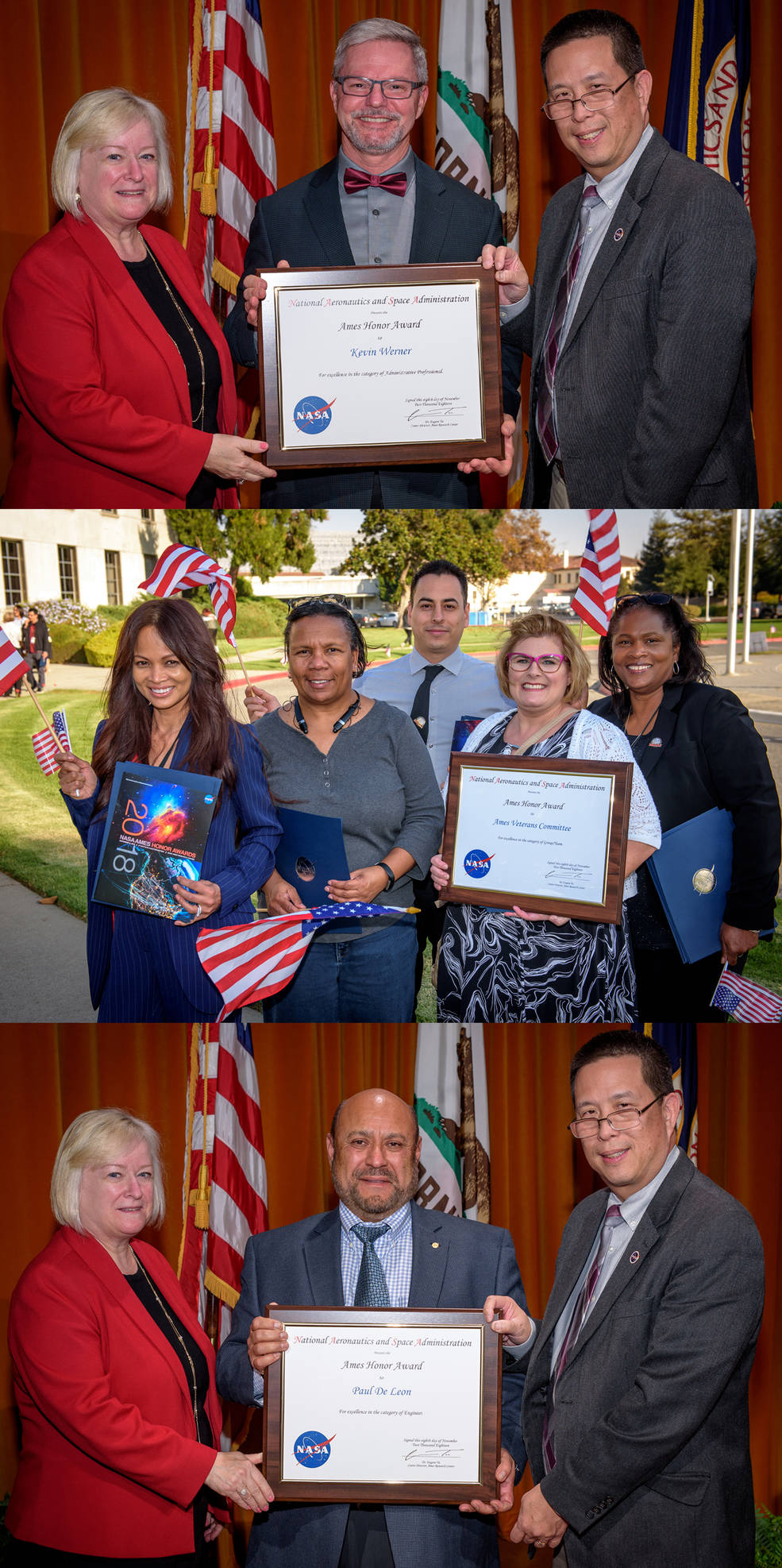
2018 AMES HONOR AWARDS
Administrative Professional Rosalinda R. De Leon
Lauren T. Ladwig
Kevin L. Werner
Contractor Employee Bonnie J. Andro-Avila, MIRACORP, Inc.
Elizabeth A. Blaber, Universities Space Research Association
Timothy P. Demanty, NICS
George Gorospe, SGT, Inc.
Thomas J. Lombaerts, SGT, Inc.
Chynna A. Obana, Universities Space Research Association
Myeonglok Seol, Universities Space Research Association
Patricia Ventura-Diaz, Science & Technology Corporation
Diversity and Equal Opportunity Maria C. Lopez
Wendy A. Okolo
Annette M. Randall
Education and Outreach Michael J. Schuh
Engineer Paul A. De Leon
Joshua B. Forgione
Paul R. Fusco
Julie A. Levri
Group/Team Ames Exploration Encounter (AEE) Team
Ames Veterans Committee
Cell Science Validation Team
FIRST Robotics/NASA Mobile Machine Shop Group
Mission Design Center Concept Study Team
MVP-Fly-01
Optical Communications and Sensor Demonstration Launch and Operations Team
Plant Gravity Perception Team
SIERRA-B Team
Mentor Jessica E. Koehne
Partnerships Kevin F. Kouba
Strategic Partnerships DEALs (Database for Early Actions and Leads) Team
Project Management Shivanjli Sharma
Scientist or Researcher Eric J. Jensen
Special Appreciation Sephanie R. Dudley (Marshall Space Flight Center)
Student Niki Mohebi
Supervisor/Manager Warren J. Gore
Technical Support/Professional Astrid L. Albaugh
Technician Christopher A. Radbourne
Ames Contractors Recognized at ACC Excellence Awards Ceremony

Ames’ Veteran Committee Commemorates 100th Anniversary of End of WW1

Science and Space Policy in the Current Era Discussed
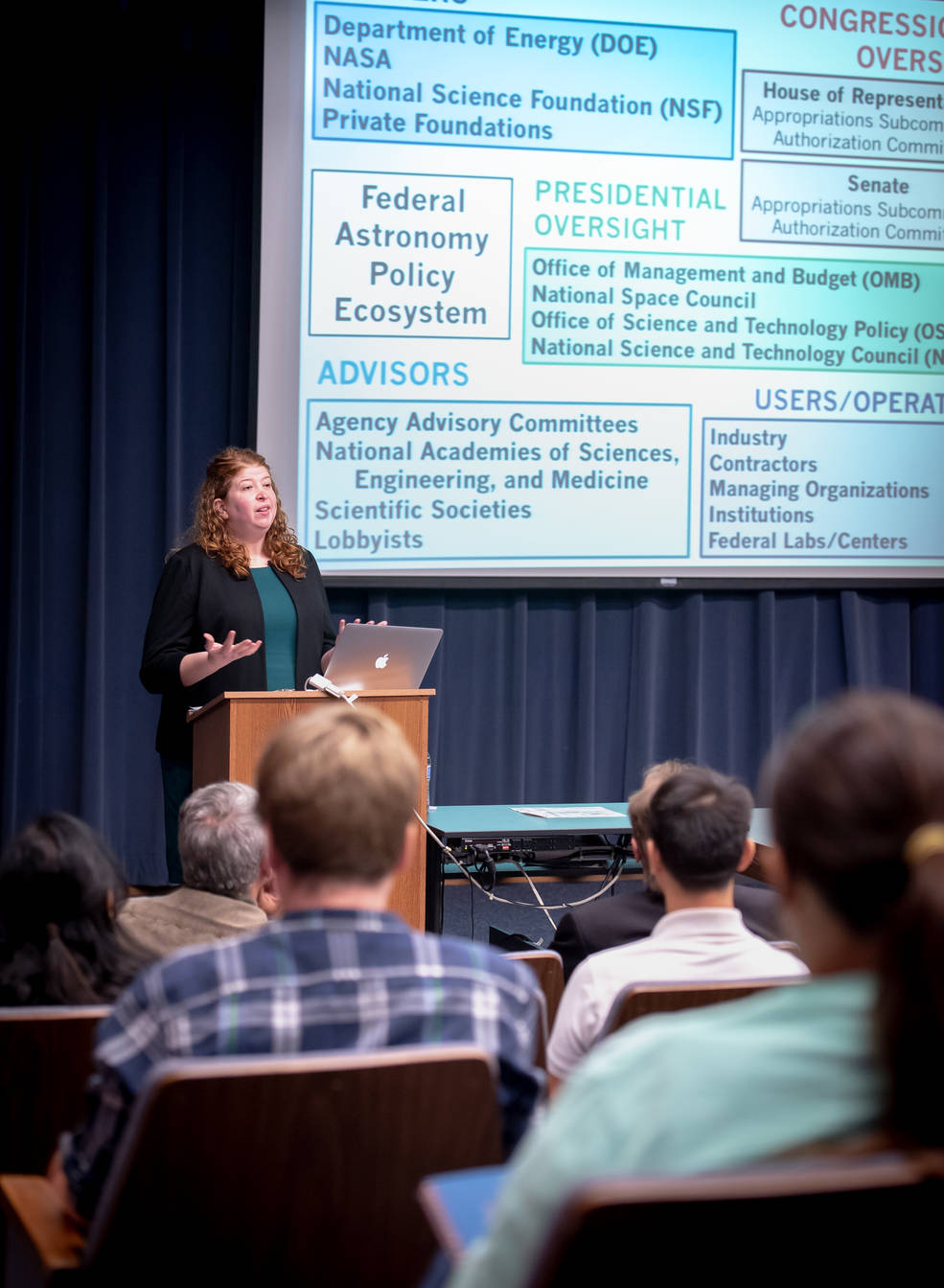
Employees Enjoy the Ever Popular Thanksgiving Lunch at Mega Bites Café
